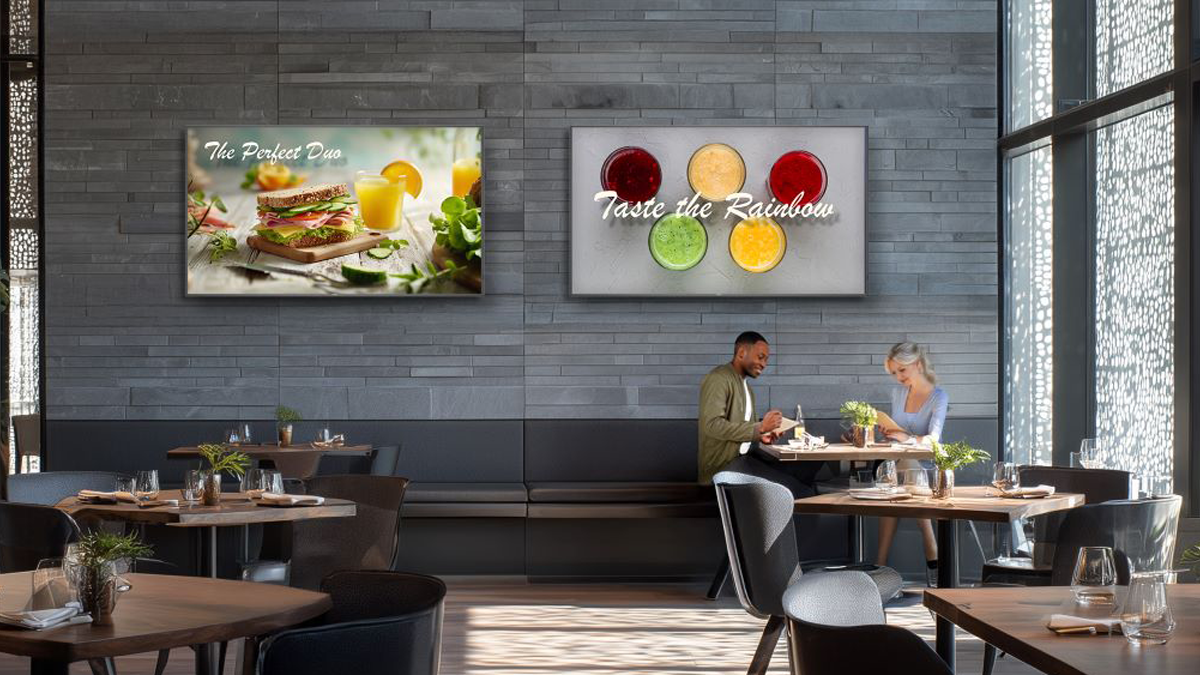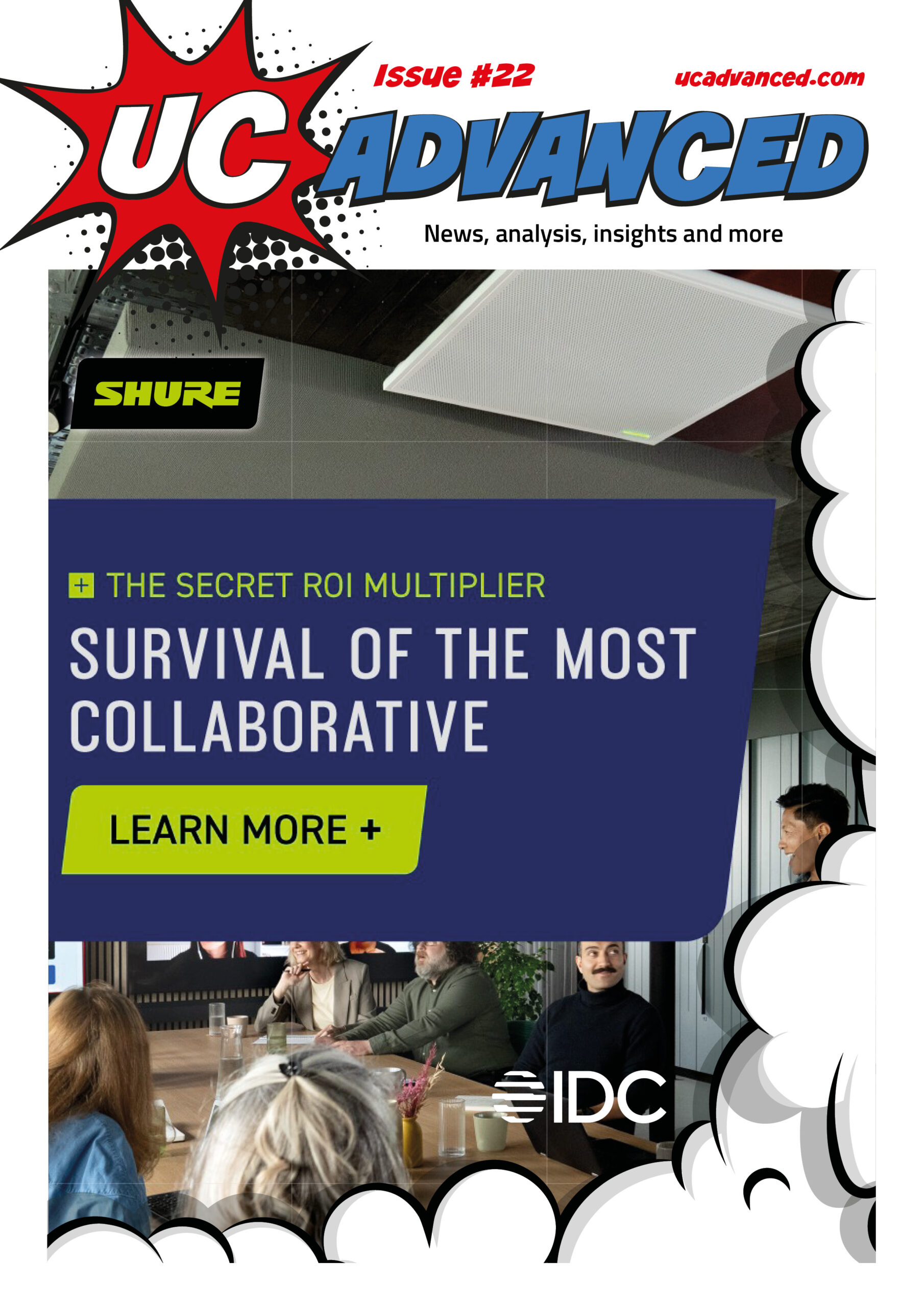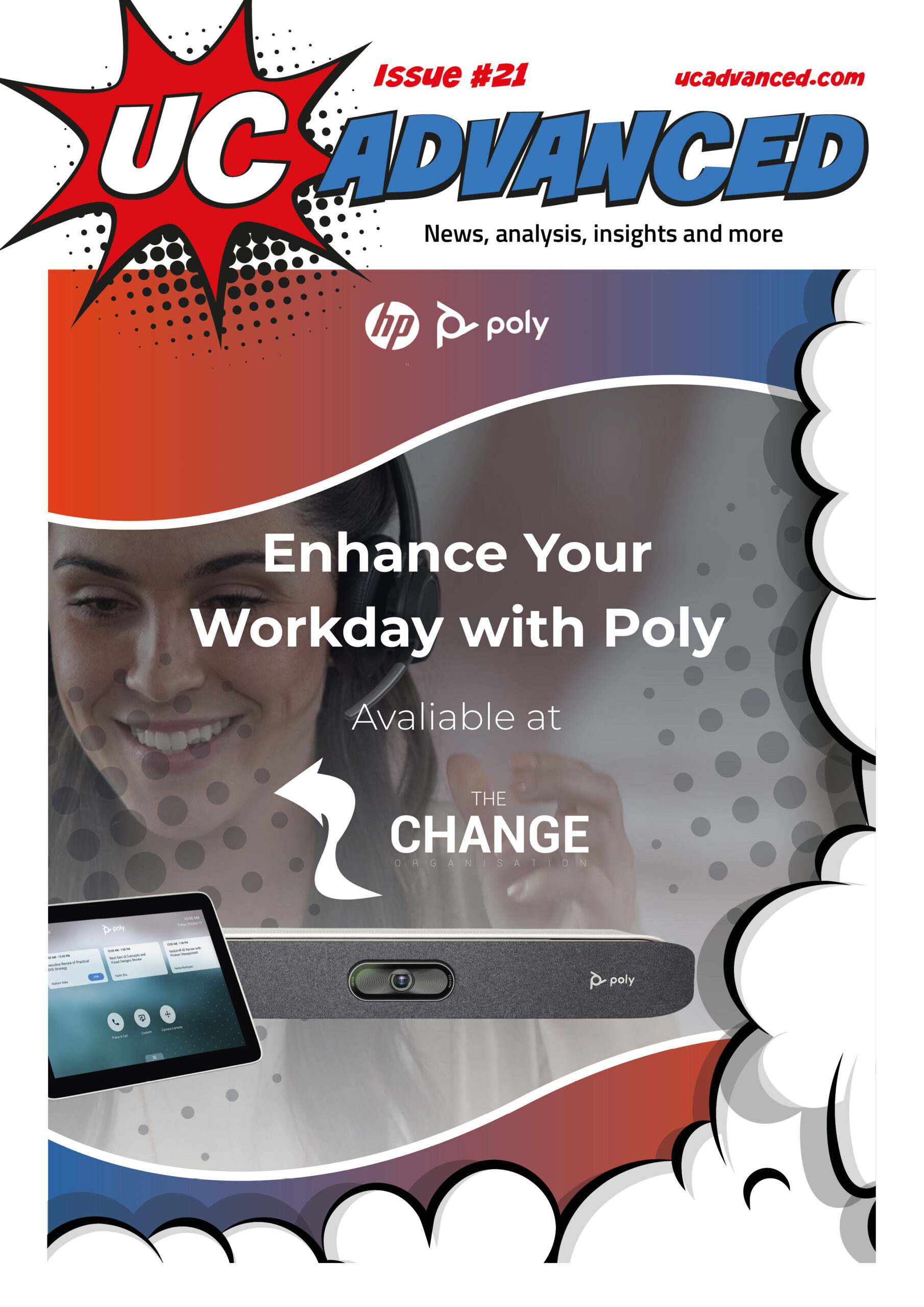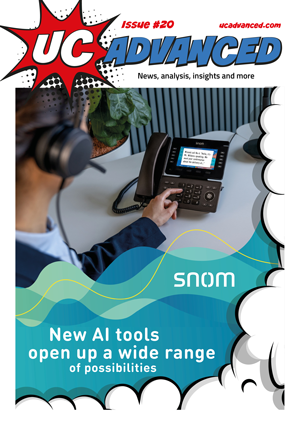This article first appeared in UC Advanced magazine issue#19
In both the retail and hospitality sectors, certain areas are experiencing significant growth. Personalised experiences and wellness are key growth areas in retail, while food and beverage, and travel and tourism are flourishing in hospitality. Naturally, tech sectors like AV, supporting both retail and hospitality through technological advancements, will flourish too.
As the 2025 Natwest Retail & Leisure Outlook report points out:
Despite challenging market conditions, retail, leisure, and hospitality businesses can still seize opportunities to attract new customers and strengthen their resilience.
The report goes on to state: “Households are recalibrating their approach to budget and choice.” Whilst most households are still navigating debt reduction and selective spending, there are some areas that households do intend to use their budget:
|
Category and Spend Expectation |
Drivers |
|
Travel and leisure experiences (33.0%) |
Driven by older consumers (aged 45+) and the most affluent households. Reflects pent-up demand for high-value experiences |
|
Technology and Electronics (25.1%) |
Driven by younger consumers (under 25s) and affluent segments upgrading tech for work, leisure, and connectivity |
|
Hospitality experiences |
Driven by younger demographics and the most affluent households, reflecting demand for unique and social experiences |
Source: Retail Economics
The report dissects spend across the income groups and ages, and what remains clear is that regardless of age group and income affluence, all those identified as planning on spending in retail and hospitality are looking for an “experience”.
A retail and hospitality “experience” encompasses the customers’ interactions and environment within a business that sells goods or services. Any successful business would want their clients to have a positive experience, as this equates to guests loyally returning to the hotel, or staying longer to browse and buy, so organisations are going the extra mile to elevate the guest experience.
IFPDs in the Experience Equation
Organisations can elevate their customer experience (CX) through interactive flat panel displays (IFPDs). Flat panels are great for showcasing the product, such as food and clothing, and excellent at demonstrating aspirations such as tropical destinations and people feeling on top of the world. Interactive panels take it up a notch, as the customer is enabled to interact with the company and goods and feels empowered and in control.
Ways in which IFPDs elevate CX are many, including navigation such as wayfinding, information and selection. McDonald’s rollout of their self-service kiosks is a prime example of IFPDs elevating CX. Millenials and Gen Z customers are digitally savvy, and the self-service IFPDs give them speedy customer service and customization, enabling them to eliminate that gherkin off their cheeseburger with ease.
FPDs in the Experience Equation
Flat panel displays work just as well. A major installation that is well-known are Absen’s 10mm pixel pitch SR10 S outdoor LED screens at the Compton and Edrich Stands at Lord’s Cricket Grounds in St John’s Wood Road in London, providing live scoring, match updates, match replays and advertisements. Each screen is 11.52m W x 6.4m H equalling 73sqm, with super high brightness of 8,500nits – critical for a seasonal sporting event which means the visual ability of the LED will not be compromised even in bright sunlight or a dull day. A third larger Absen SR10 S LED was installed within the Allen Stand, 20m W x 5.76m H equalling 116sqm, for live scoring and match updates and with an even higher brightness of 10,000nit.
The SR Series boasts independent LED sealing with elements of the screen wrapped in a protective fibreglass offering resistance from extreme heat, severe cold, acids, alkalis and even salt spray.
Taking the outside in, in a true DOOH (Digital out of Home) experience, Hollister took wide-screen digital to a new level when they introduced their big screens, featuring live video of the Pacific’s waves in Huntington Beach, first launched in NYC and then the first Europe store was in Munich, Germany, over a decade ago. The “wave” screens are no longer in operation, but they proved their investment and supported the brand’s launch with increased footfall and fostering a strong brand reputation.
To this day, Hollister’s target market, which are young adults, primarily teenagers, are aware of what the brand stands for, clothes with a focus on casual, beach-inspired styles, allowing for mixing and matching to create a variety of looks, although the brand would say, “clothes made for capturing moments, creating memories and being unapologetically you.”
P-Line launch at InfoComm
PPDS has recently unveiled the new Philips Signage 6000 Series (P-Line), setting a new benchmark for durable, high-performance digital signage. Available in 43”, 50”, 55”, and 65” sizes, the UHD 6000 Series is engineered for continuous 24/7 operation in even the most challenging environments like kitchens, transport hubs, and shopping centers. Enhanced with up to 800-nit brightness, conformal coating, IP5X protection, and a robust metal casing, the display resists dust, moisture, pollutants, and extreme temperatures ranging from 0 to 40 °C. Its FailOver technology ensures screens never go blank by automatically switching inputs, while integrated SmartPlayer lets users easily schedule and play content from USB.
The upgraded chipset enables secure remote device management via a special version of the Philips Wave platform, letting businesses control display settings without needing Android. However, for those seeking additional functionality, the Series offers optional OPS Android modules for further storage, advanced connectivity, and WiFi expansion, ensuring businesses can tailor the signage for their specific demands while enjoying reliable 24/7 performance and simplified management.
The new Philips Signage Series were designed in collaboration with customers, so already the flat panel displays have considered the C in CX. Features such as the display boards can be mounted in portrait or landscape, the intuitive plug-and-play usability for content managers and the fact that remote management is possible without an on-board Android operating system certainly enhances the UX.
Customer experience encompasses every interaction and perception a customer has with a brand, and as external factors and evolving priorities reshape consumer expectations, businesses must continuously adapt their CX strategies. Digital signage should be in most retail and hospitality future plans.











